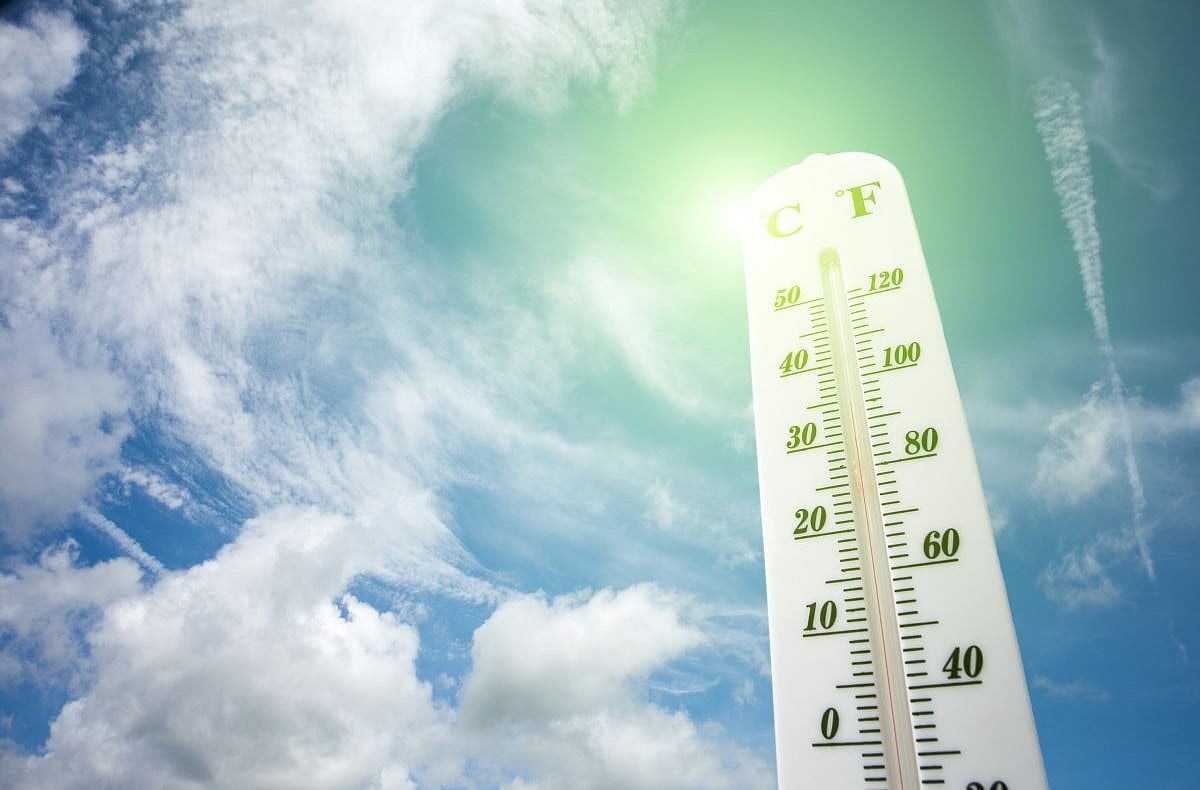Get Healthy!

- Ernie Mundell
- Posted November 19, 2024
Climate Change Is Pushing More People to Get X-rays, CT Scans
There's yet another downside to global warming: Higher health care expenditures for medical scans on hot days.
So report Canadian researchers who discovered that periods of heat and air pollution bumped up demand for X-rays and CT scans by about 5%. Over time, that could really add up, said lead researcher Dr. Kate Hanneman. She's an associate professor at the University of Toronto's department of medical imaging.
“While the individual daily effects we observed are modest, the cumulative increase in total imaging volumes is substantial,” Hanneman said.
Her team published its findings Nov. 19 in the journal Radiology.
As the researchers explained, the increased frequency of hotter days that's come with climate change means more folks having health crises that send them to local emergency departments. X-rays, CT scans, ultrasounds and the like are often used to diagnose what might be going wrong.
Hanneman's team tracked imaging use at four major hospitals in Toronto for the years 2013 through 2022.
In total, nearly 1.7 million scans were conducted during that time, an average of 428 scans per day. Emergency departments saw an average of 659 patients each day.
On days when outdoor heat was at its peak and there were high levels of polluting particulate matter in the air, rates of X-rays conducted daily at the hospitals rose by 5.1% and rates of CT scans jumped by 4%, the researchers said.
No such trend was observed for rates of ultrasound or MRIs.
The trends held true even though air quality had tended to improve over the study period, the Toronto team noted in a journal news release.
The bottom line, according to Hanneman: "As global temperatures continue to rise, the frequency and severity of heat waves and extreme weather events are expected to increase. Knowing the impact on our [emergency] departments will allow us to plan proactively.”
More information
Find out how to protect yourself on hot days at the U.S. Centers for Disease Control and Prevention.
SOURCE: Radiological Society of North America, news release, Nov. 19, 2024


